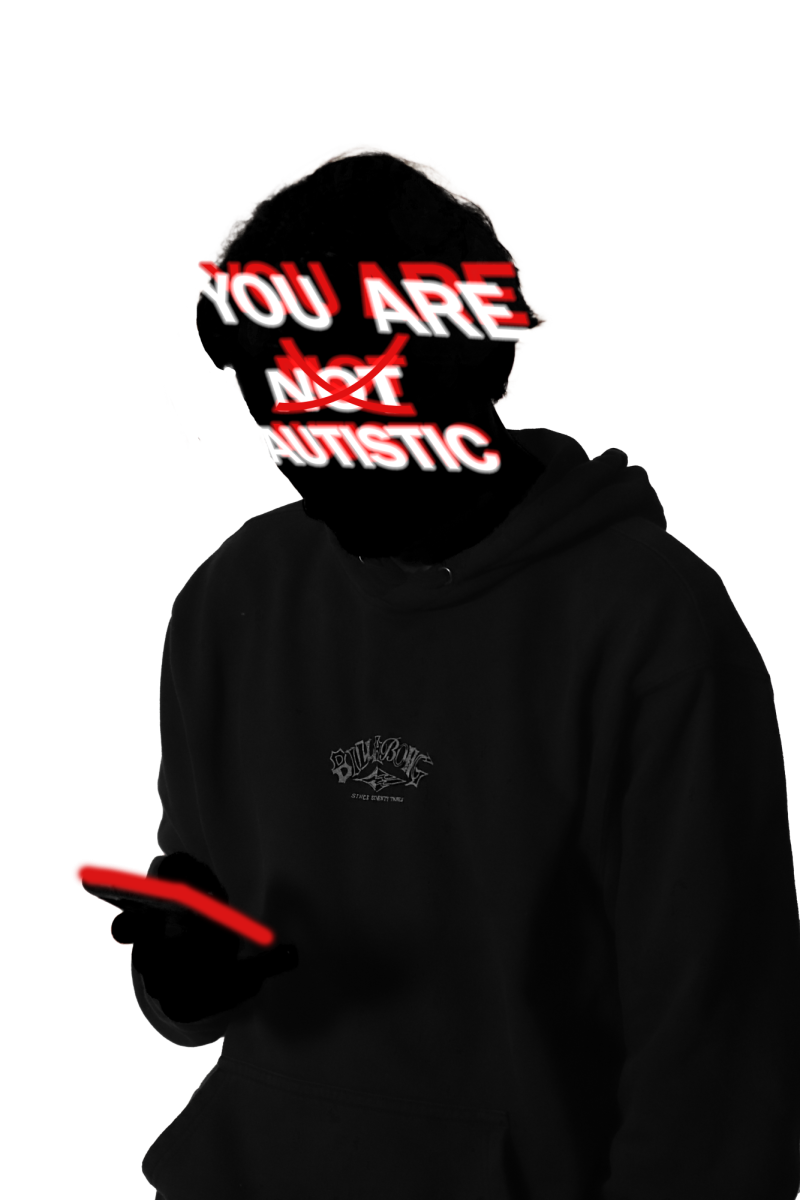The brain is constantly changing and evolving, searching for reasons why we feel the ways we feel and act the way we act. With emotional changes and behaviors that some see as strange, many people have begun to swarm social media to discuss their lives.
This has made the act of self diagnosing become more prominent, as young people apply the titles of mental illnesses and neurological conditions to themselves without professional diagnoses . With apps like TikTok and Instagram, it’s increasingly easier to find these types of videos in an easy to understand format.
In a study run by the National Library of Medicine, 84% of the US population now uses social media. But it’s not only limited to these social media platforms: many people have begun to take quizzes and tests that tell them what personality they have or mental illness they have.
These self diagnosed mental illnesses are commonly attention deficit hyperactivity disorder(ADHD), depression, and anxiety disorders. The most assigned however, is the autism spectrum.
Due to said spectrum being so large, people often diagnose themself in order to have a sense of comfort in their pain similar to how the sadness of depression can bring comfort. There are multiple reasons on why an individual would diagnose themself.
“I would say it’s dangerous. We are trying to find a label here for something that might not need a label. once we get into self-diagnosis it can sometimes stick but it might not be what is actually happening,” Jennifer Martinez said. She warned young people against self-diagnosis on sites such as WebMD and TikTok. “It’s not a professional assessment of what could be really happening in your life. and I would suggest they look back at what the rook of the problem is and then move,” she said.
A large consensus of why people self diagnose is to have a feeling of belonging, and specifically among teenagers due to them being in a phase of identity transformation. When people self-diagnose and or are affected by a page with self-diagnosis, it can create a stressful and confusing environment both on their feed and in their head.
One of these individuals is Liliana Voorheis(12), an individual who has herself dealt with self diagnosis and knows others who have struggled with it.
In reality, many people confuse a mental health experience with an actual disorder or illness. As stated by Jennifer Katzenstein, an experienced director of psychology and co-director at John Hopkins All Children’s Hospital in St.Petersburg Florida,
“A mental health disorder or illness involves a pattern of symptoms that significantly disrupts a person’s daily functioning in their home, school, work or other environment. It causes distress and requires a professional assessment, meeting specific criteria and warranting intervention.”
While a mental health experience is the reaction to something happening in day to day life.
Some individuals seek professional help to continue to learn about their inner realizations, and others are unable to due to the expenses of therapy. In an article written by Elisa Martinez called How Much Does Therapy Cost In California, on average in California a therapist can cost a total of $150-250 per session which is unaffordable for most high schoolers. However, these self diagnoses can let someone figure out who they are and if there truly is anything wrong with their mental state.













